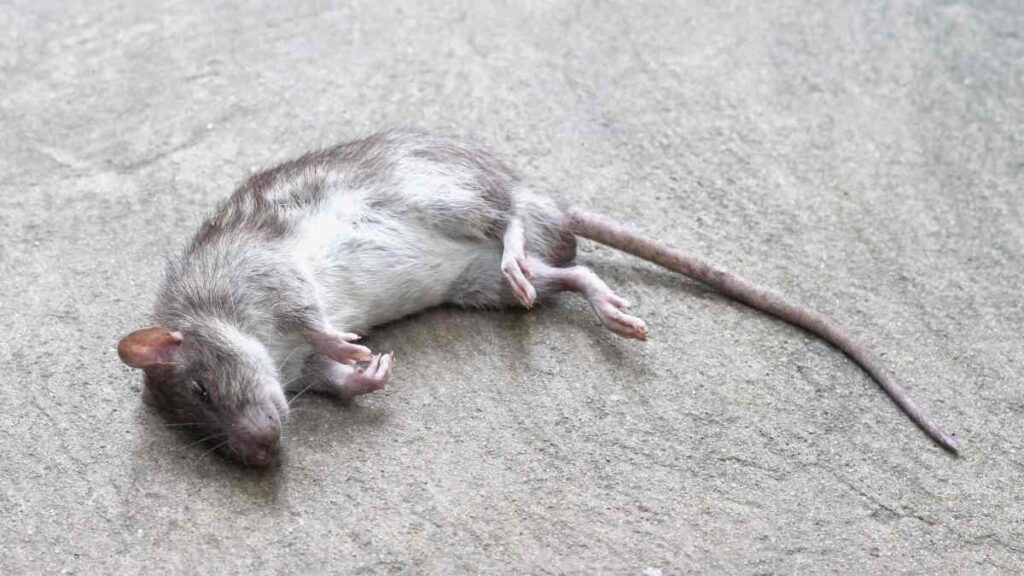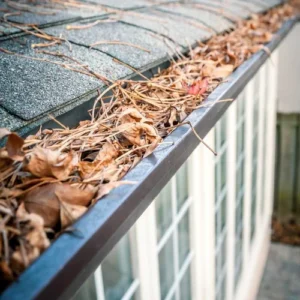
Discovering a dead animal in your garage is both unpleasant and stressful. That unmistakable smell hits you the moment you open the door, and you know something has died somewhere among your tools, boxes, and stored items. Garages are common places for animals to die because they offer shelter, darkness, and often easy access through small gaps or open doors. Whether it’s a rat, possum, or bird, you need to act quickly to remove it before the smell becomes overwhelming and health risks increase. While some homeowners prefer professional services like Dead Animal Removal Sherwood to handle the situation, others want to tackle it themselves. This guide will walk you through the entire process of locating, removing, and cleaning up after a dead animal in your garage.
Why Animals Die in Garages
Understanding why animals end up in your garage helps prevent future incidents. Garages provide excellent shelter from weather and predators. Many animals enter through gaps under doors, broken windows, or open side entrances. Rodents squeeze through holes as small as a twenty-cent coin. Once inside, animals may eat poison you’ve set out for pests, then die as the poison takes effect. Others become trapped and can’t find their way back outside. Some elderly or sick animals deliberately seek quiet, dark spaces when they sense their time is near. Your garage, with its stored items and hidden corners, provides the perfect hiding spot.
Locating the Dead Animal
The first challenge is finding exactly where the animal died. Start by following your nose. The smell will be strongest near the carcass. Open all windows and doors in your garage to improve ventilation while you search. Work systematically through the space, checking behind and under everything. Common hiding spots include behind stored boxes, under workbenches, in corners, behind the hot water system, and underneath shelving units. Check inside any open containers or boxes as well. If you have difficulty pinpointing the location, wait until evening and look for fly activity. Blowflies will congregate near the dead animal during the day. Services like Dead Animal Removal Bulimba use this method when the carcass isn’t immediately visible. Sometimes animals die in wall cavities or under the garage floor, making them harder to reach.
Safety Gear You’ll Need
Before you attempt to remove a dead animal, protect yourself properly. Dead animals carry bacteria, parasites, and potentially diseases. Never touch a dead animal with bare hands. You’ll need disposable gloves (thick rubber ones work best), a face mask or respirator to filter the smell and airborne particles, safety glasses to protect your eyes, old clothes you can wash immediately afterwards, and sturdy plastic bags for disposal. If the animal has been dead for several days and decomposition is advanced, consider wearing coveralls. Keep children and pets away from the area until cleanup is complete.
Step-by-Step Removal Process
Once you’ve located the animal and gathered your safety gear, follow these steps carefully. Put on all protective equipment before approaching the carcass. If the animal is intact and hasn’t started serious decomposition, use a shovel or dustpan to scoop it up without touching it directly. Place the animal into a thick plastic bag immediately. For animals that have decomposed significantly, you may need to use cardboard or newspaper to collect all remains and fluids. Double-bag everything to contain the smell and prevent leakage. Seal the bags tightly with tape or cable ties. Some councils allow dead animals in regular rubbish bins, while others require special disposal. Check your local council regulations. If unsure, take the sealed bags to your local waste facility. Never throw dead animals into bushland or waterways.
Cleaning and Disinfecting the Area
Removing the carcass is only half the job. The area where the animal died needs thorough cleaning and disinfecting. The decomposition process leaves behind bacteria, fluids, and parasites. Start by picking up any visible maggots or insect larvae using paper towels. Place these in a sealed plastic bag. Next, clean the entire area with hot, soapy water. Use a scrubbing brush for concrete floors. For wooden surfaces, be thorough but don’t oversaturate the wood. After cleaning with soap, disinfect using a solution of bleach and water (one part bleach to ten parts water) or a commercial disinfectant. Let the disinfectant sit for at least ten minutes before wiping or rinsing. For porous surfaces like concrete, you may need to repeat this process several times. If fluids have soaked into concrete, sprinkle baking soda over the area after disinfecting to help absorb odours.
Dealing with the Smell
Even after removing the animal and cleaning thoroughly, the smell often lingers. Dead animal odour molecules cling to surfaces and hang in the air. Open all garage windows and doors to create maximum airflow. Set up fans to push air out of the garage. Place bowls of white vinegar or activated charcoal around the garage to absorb odours. Baking soda also works well—sprinkle it liberally over the affected area and leave overnight before sweeping up. Coffee grounds in open containers help mask remaining smells. Avoid using air fresheners initially, as they simply mix with the bad smell rather than eliminating it. Commercial odour eliminators designed for organic smells work better than regular air fresheners. The smell typically disappears completely within a week if you’ve removed all organic matter and cleaned properly.
Preventing Future Problems
After dealing with one dead animal, you’ll want to prevent others from entering your garage. Walk around your garage and identify all possible entry points. Seal gaps under doors with door sweeps or weather stripping. Fix broken windows and screens. Cover vents with wire mesh that has holes smaller than one centimetre. Fill cracks in walls with steel wool and caulk (rodents can’t chew through steel wool). Keep your garage door closed whenever possible. Store all potential food sources in sealed metal or thick plastic containers. This includes pet food, birdseed, and even cardboard boxes that rodents might nest in. Remove clutter and boxes from the floor to eliminate hiding spots. Keep the garage clean and sweep regularly. If you need to use rodent poison, place it in secure bait stations and check them frequently. Consider using snap traps instead, which kill instantly and allow you to dispose of the animal before it starts decomposing.
When to Call Professionals
Sometimes the situation requires professional help. If the animal is in a wall cavity or under the floor where you can’t reach it, professionals have the tools to access difficult spaces. If you find a dead bat, never handle it yourself due to disease risks—always call professionals. If the smell is overwhelming and you can’t locate the source after thorough searching, experts know where to look. Large animals like possums in advanced decomposition are unpleasant to handle. If you’re pregnant, elderly, or have a compromised immune system, don’t attempt removal yourself. Professionals also ensure complete cleanup and sanitisation, reducing health risks.
Conclusion
Finding a dead animal in your garage is unpleasant, but it’s a manageable problem with the right approach. By following proper safety procedures, removing the carcass carefully, cleaning thoroughly, and addressing the smell, you can restore your garage to normal within a few days. Most importantly, take preventive measures to stop other animals from entering and dying in your garage. With these steps, you can handle this unfortunate situation quickly and safely.




